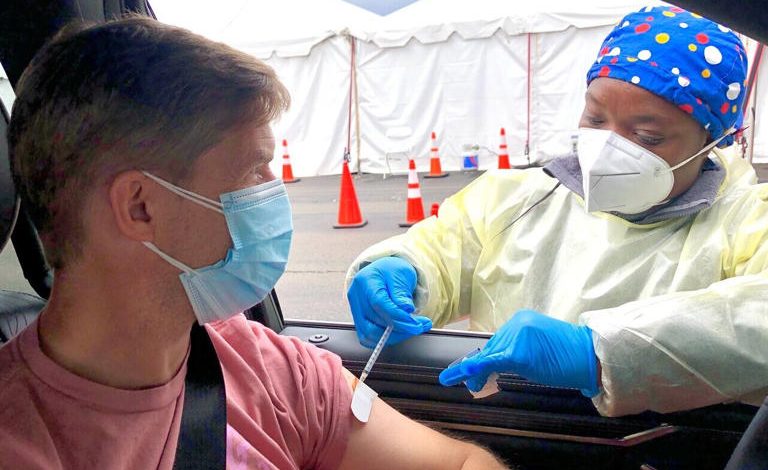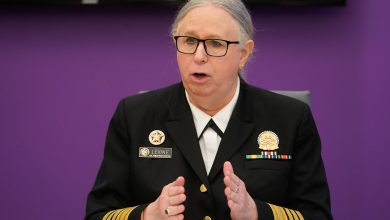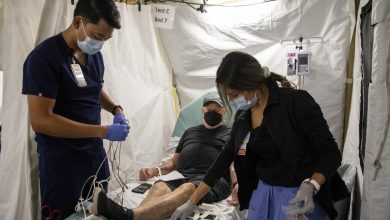Exploring health care site- and patient-related factors influence COVID-19 vaccination completion rates

The COVID-19 vaccine, introduced in December 2022, played a critical role in reducing mortality and morbidity related to the pandemic globally. Yet, by 2023, only 70% of the US population had completed the primary vaccination series. While factors such as race/ethnicity, socio-economic status, geography and political affiliations have been linked to vaccination rates, its relationship with characteristics of health care delivery sites like community health care centers (CHCs), has not been explored. CHCs, which provide comprehensive primary care to low-income populations, including COVID-19 vaccines, are key players in health care delivery.
In a recent study published in the American Journal of Public Health, Dr. Rachel Gold and colleagues from OCHIN, Inc., Kaiser Permanente Center for Health Research, and Asian Health Services, assessed multilevel factors influencing COVID-19 vaccination rates across a US network of CHCs.
“We describe health care delivery site- and patient-level characteristics associated with COVID-19 vaccination across a national network of CHCs to provide knowledge that could inform future vaccination efforts in CHC-served populations,” explains the lead author of this study, Dr. Rachel Gold.
The researchers analyzed electronic health records of OCHIN, a non-profit health equity innovation center. They examined CHC-related factors such as location (rural or urban), Medicaid expansion, patient volume, alongside patient-level factors like sex, race, income and insurance status.
The study also considered comorbidities like diabetes and obesity. All patients were stratified into “new” and “established” patients based on the number of times patients visited the CHCs before January 2021. A multi-level regression analysis was performed to evaluate the contribution of these factors to the completion of COVID-19 primary vaccination.
The analysis encompassed 1,219 health care delivery sites and 1,864,007 patients, revealing that 72% of this population had received vaccinations by the end of 2022, surpassing the 69% completion rate for the general US population at that time. Notably, 89% of new patients received vaccinations compared to 69% of established patients, indicating that CHCs served as primary access points for vaccines.
“This suggests that many of the new patients established care with these sites primarily to access COVID-19 vaccines once they became widely available in January 2021,” states Dr. Gold.
The study also considered comorbidities like diabetes and obesity. All patients were stratified into “new” and “established” patients based on the number of times patients visited the CHCs before January 2021. A multi-level regression analysis was performed to evaluate the contribution of these factors to the completion of COVID-19 primary vaccination.
The analysis encompassed 1,219 health care delivery sites and 1,864,007 patients, revealing that 72% of this population had received vaccinations by the end of 2022, surpassing the 69% completion rate for the general US population at that time. Notably, 89% of new patients received vaccinations compared to 69% of established patients, indicating that CHCs served as primary access points for vaccines.
“This suggests that many of the new patients established care with these sites primarily to access COVID-19 vaccines once they became widely available in January 2021,” states Dr. Gold.
This study establishes the significance of CHCs as crucial access points for COVID-19 vaccinations, especially for new patients. The health care site- and patient-related factors that influenced vaccination completion rates in this study warrant policy amendments at the state and national level, ensuring better vaccination rates in the future.
Provided by American Public Health Association
This story was originally published on Medical Xpress. Subscribe to our newsletter for the latest sci-tech news updates.




